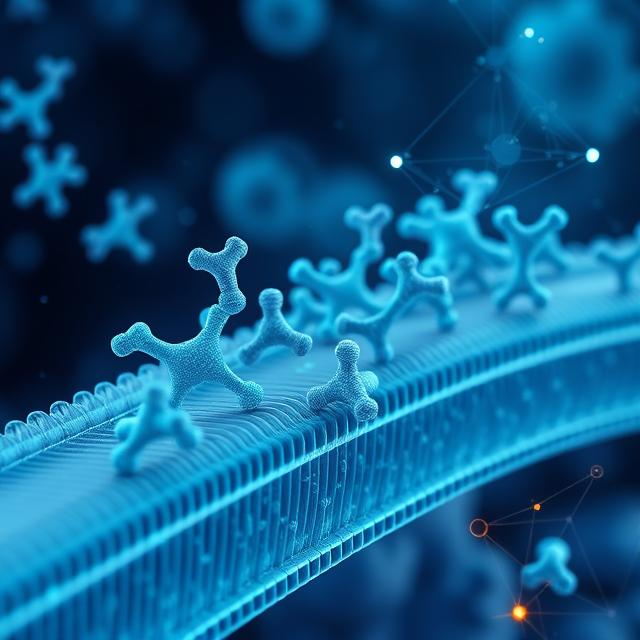Machine learning models can analyze large datasets of antibody properties and predict internalization patterns based on biological features. These models are trained on antibody sequence data, protein structures, and cellular interactions to identify patterns related to internalization efficiency.
Types of Machine Learning Models Used
1. Supervised Learning Models
These models require training datasets where internalization efficiency is known. The model learns to recognize features associated with high or low internalization rates.
- Random Forest (RF) – Identifies biological features that correlate with internalization.
- Gradient Boosting (XGBoost) – Improves prediction accuracy by combining multiple models.
- Support Vector Machines (SVMs) – Classifies antibodies based on binding strength and molecular properties.
2. Unsupervised Learning Models
These models analyze large datasets without labeled outcomes.
- Clustering Algorithms – Identify groups of antibodies with similar internalization behaviors.
- Principal Component Analysis (PCA) – Reduces the complexity of antibody datasets to highlight key trends.
3. Deep Learning Models
Neural networks, including convolutional neural networks (CNNs) and transformers, are used to learn complex antibody structures and predict binding interactions.
- CNNs – Analyze molecular imaging data to detect structural patterns.
- Transformers – Apply sequence-based learning to predict antibody behavior.
Key Features Used in Machine Learning Models
To predict internalization, machine learning models analyze:
- Amino Acid Composition – Identifying hydrophobicity, charge distribution, and structural motifs.
- Binding Properties – Examining affinity, avidity, and binding kinetics.
- Cellular Data – Studying how different cell types affect internalization.
By integrating these factors, AI-driven models can provide accurate predictions of antibody internalization efficiency.

